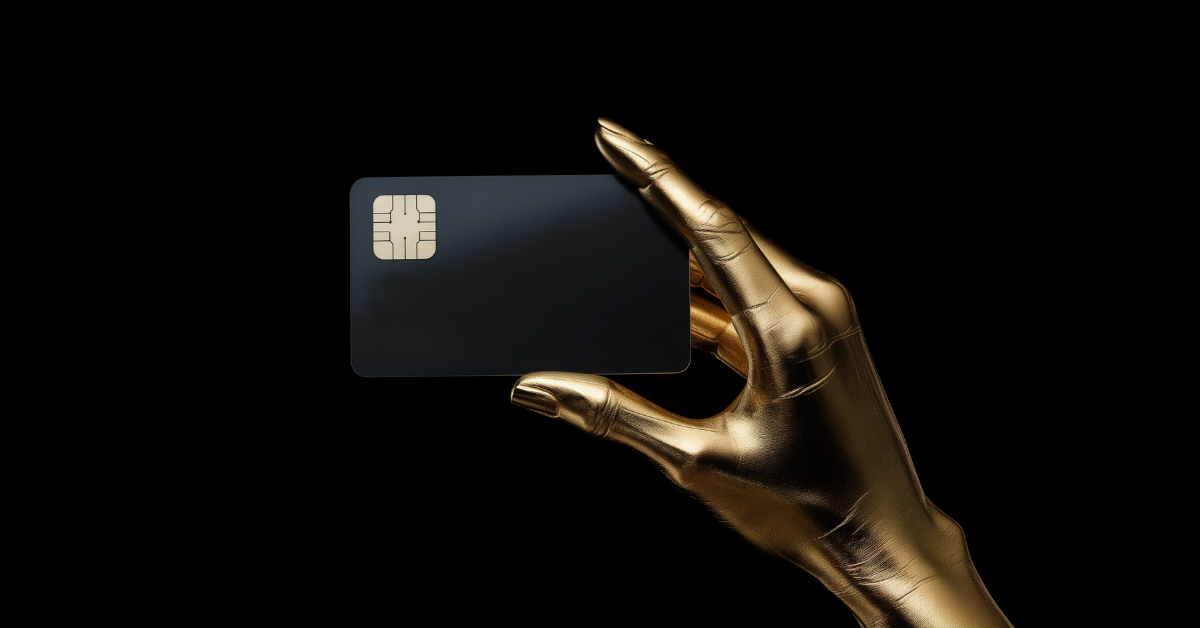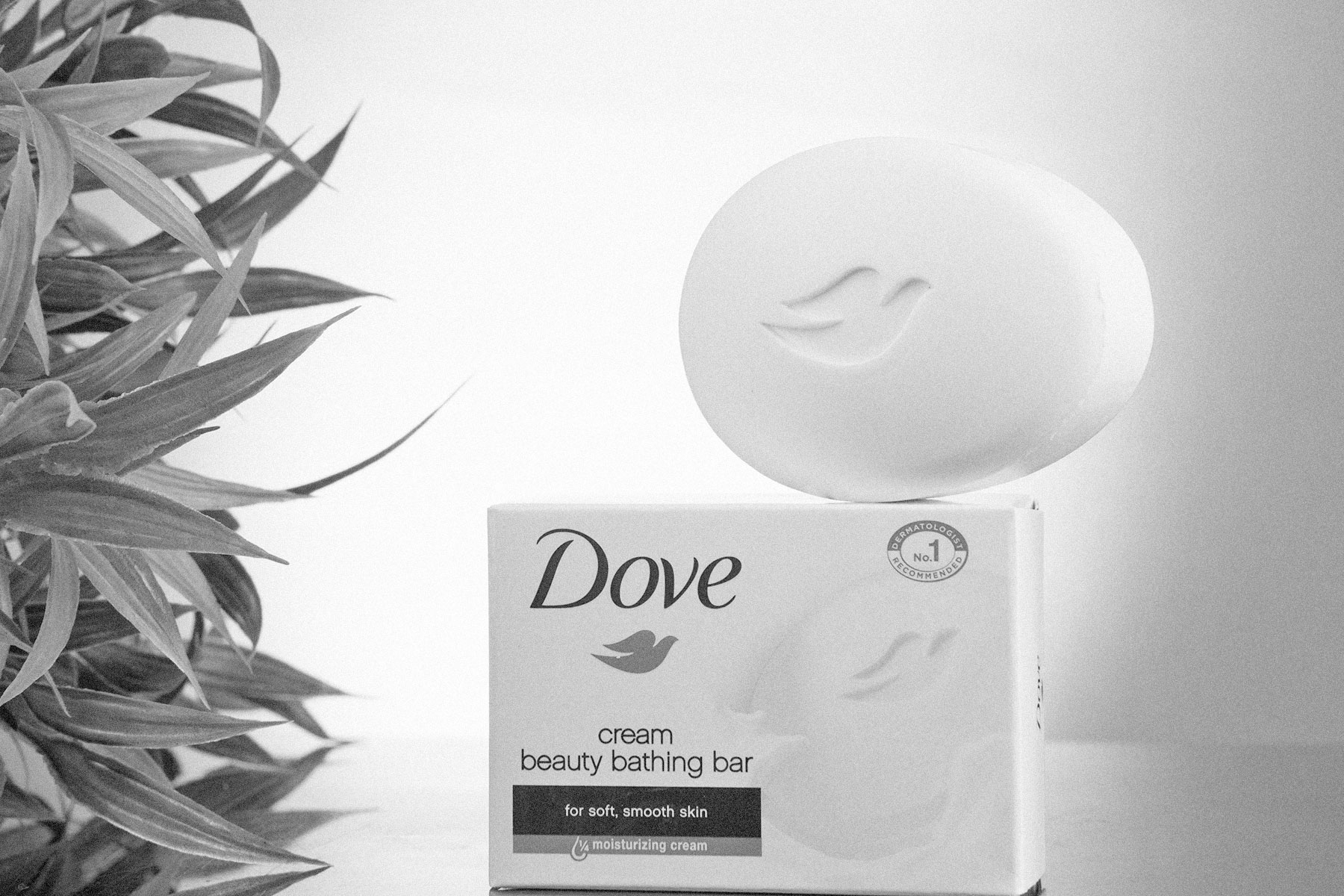| T he Statue of Liberty originated as a sign of friendship between longtime allies France and the United States, and has become one of the most recognizable monuments in the world. Since 1886, Lady Liberty has proudly watched over New York Harbor in all her green glory — but this iconic color isn't the statue's original hue. When the monument was unveiled in Paris on July 4, 1884, it looked markedly different. Made with 31 tons of copper, it was roughly the same color as a penny. But the Statue of Liberty didn't turn from brown to green overnight — the change took a few decades and went through an array of colors, the first of which was pink. |
|
| The statue's color changed rapidly after it arrived in the harbor due to chemical reactions caused by exposure to the elements. The copper began to oxidize quickly, and the first stage of weathering caused the statue to form a surface layer of cuprite, a pinkish-red mineral that gave Lady Liberty a rosy hue. The cuprite continued to oxidize, this time turning into a black mineral called tenorite, causing the statue to appear a much darker brown than it had been a few years prior. By the 1920s, the monument arrived at its current bluish-green shade thanks to the minerals brochantite, antlerite, and atacamite. This greenish patina is commonly found on copper — just look at the old, weathered penny in your pocket. But not everyone was a fan of the Statue of Liberty's new look. In 1906, Congress even approved a $62,000 painting budget (around $2 million today) to fix the monument as the patina became very noticeable. Due to public outrage, the statue was left alone, in the color that nature intended it to be. |








.png)




No comments:
Post a Comment